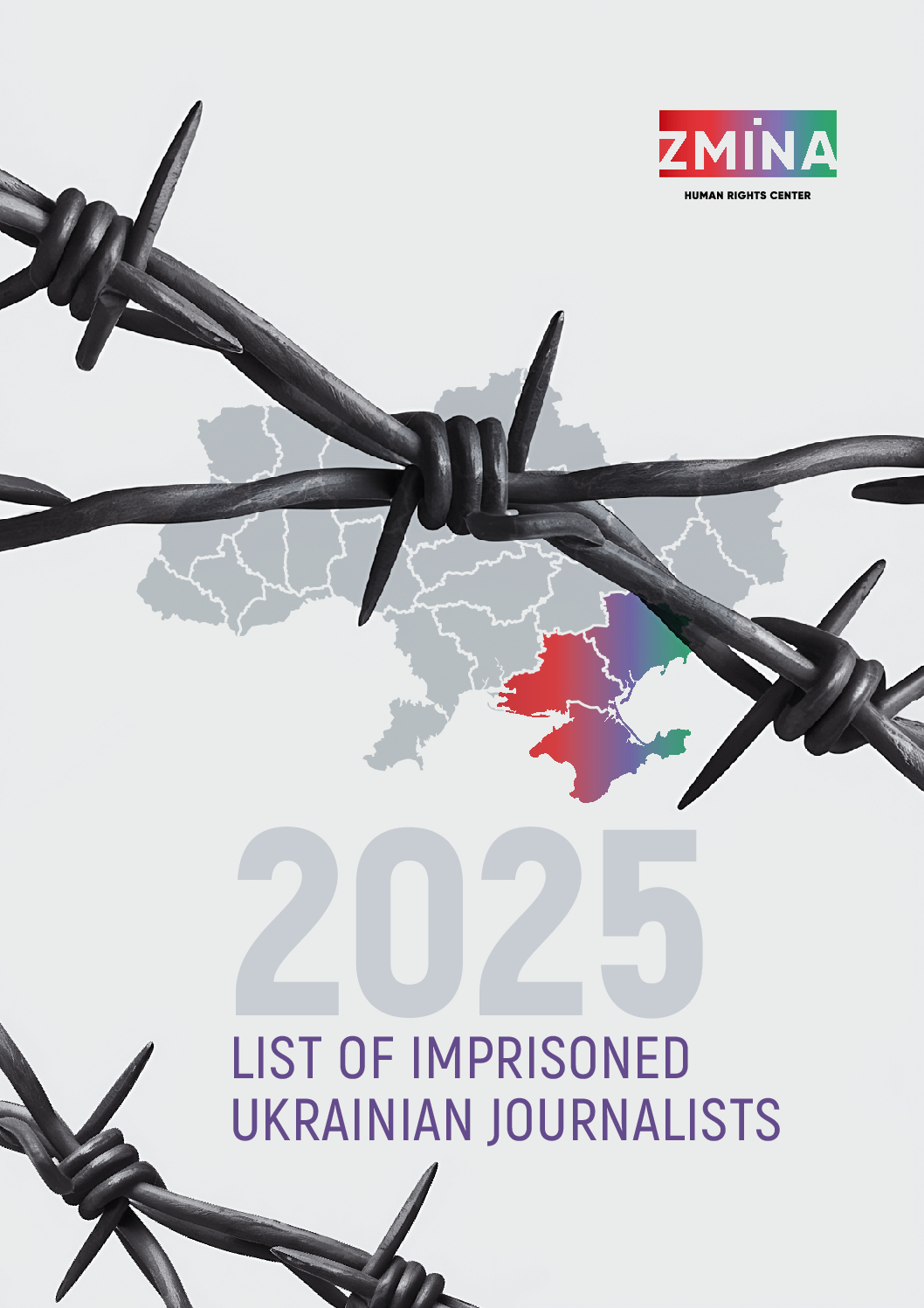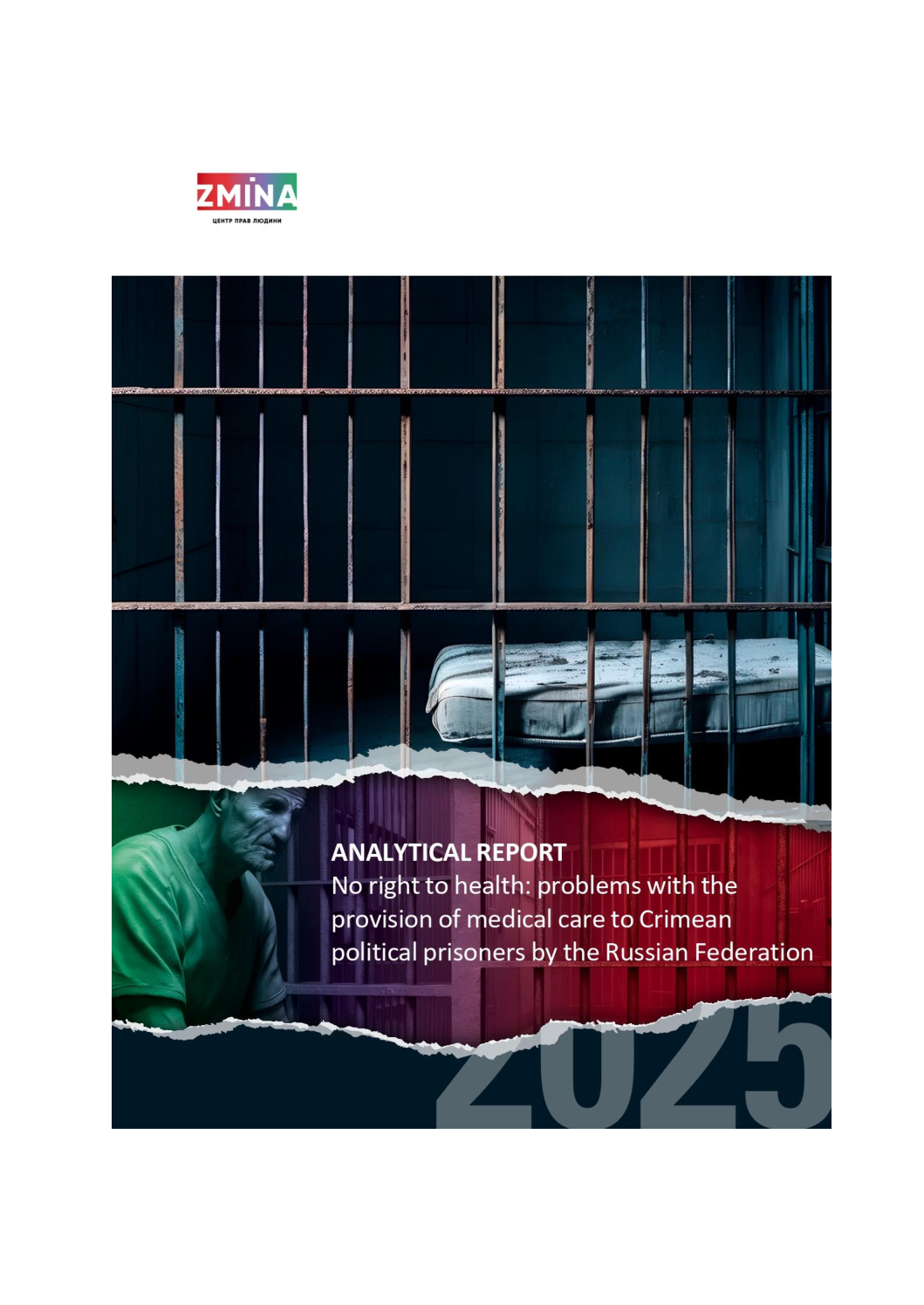Enforced disappearances: national practice v. international standards

The issue of enforced disappearances has gained new urgency for Ukraine due to the ongoing armed conflict on its territory. Since 2014, with the occupation of the Crimean peninsula and the armed conflict within certain districts in the Donetsk and Luhansk regions, Ukrainian law enforcement agencies have recorded cases of disappearances and illegal detentions of persons in the territory under Russian control. Similar cases continue to be documented after the full-scale invasion of Ukraine by the RF. In fact, anyone can become a victim of enforced disappearance in an armed conflict.
However, in the occupied territories, persons with an active civic or pro-Ukrainian position, with experience of military service or participation in the anti-terrorist operation in Eastern Ukraine, working in local government or law enforcement agencies, or simply speaking Ukrainian are at a higher risk.
The purpose of this analysis is to examine Ukraine’s capacity to ensure compliance with international law standards for the protection of victims of enforced disappearances. The principles and provisions set out in the International Convention for the Protection of All Persons from Enforced Disappearance, international human rights law, international humanitarian law and international criminal law are used as a general framework for the analysis.
The study was conducted by the NGOs Ukrainian Legal Advisory Group, Media Initiative for Human Rights, and Human Rights Centre ZMINA on behalf of the coalition of non-governmental organisations Ukraine 5AM. The coalition unites the efforts of 38 NGOs in the field of protection of victims of armed aggression in Ukraine and bringing to justice the senior officials of the RF and direct perpetrators of the most serious international crimes.







